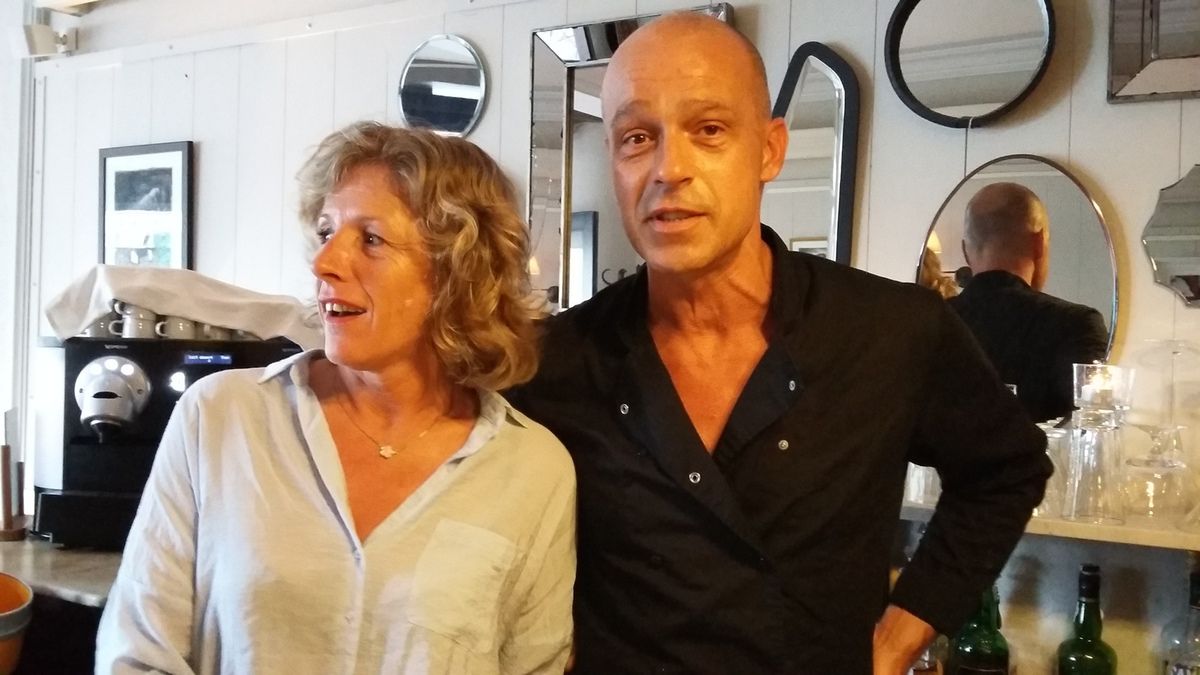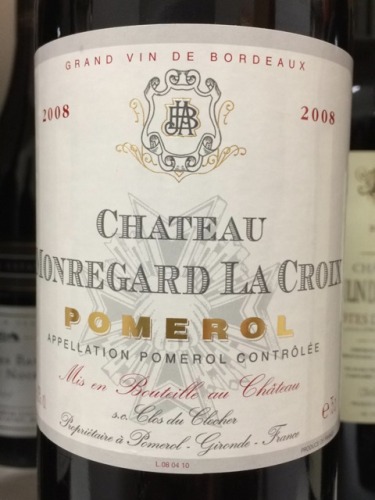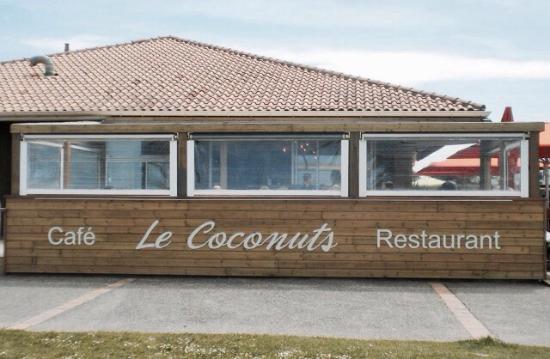3rd March. Apologies in advance for this post which is entirely free of any references to the Pays Basque (<= apart from this). Walter Kaaden, claimed by some to be the father of the modern two stroke engine, died twenty years ago today. I suspect though that his name won't ring as many bells as perhaps it should.
The story of his life reads like a screenplay for a spy film - except that the truth was stranger than fiction. In brief, he'd worked at the Nazi rocket development centre at Peenemunde during WWII and in the early fifties he managed to find a job as head of the racing department at what became MZ motorcycles in the German Democratic Republic (aka communist East Germany). After Germany's defeat in 1945, the factory at Zschopau had been systematically stripped by the Soviets and the machine tools and everything else that moved, including the windows, were shipped back to the USSR. A more inauspicious start you couldn't ask for.
Roadgoing two stroke motorcycles were usually simple, cheap-to-manufacture and run and were predominantly used as ride-to-work machines - with a cloud of blue smoke in close attendance. Many motorcyclists (of a certain age) around the world would have cut their teeth on BSA Bantams in Europe or on Harley Davidson Hummers in the US without realising that they were straight copies of the ubiquitous DKW RT125 that was mass-produced for the German military. Post-war, it was widely copied and re-manufactured by the Allies as war reparations.
Walter Kaaden was fascinated by the 2 stroke engine as it had the potential, if developed, to achieve prodigiously high power outputs - as it fired once every revolution - compared to once every 2 revolutions for a 4 stroke engine. Up until then, the efficiency of a normally aspirated 2 stroke engine was low compared to that of a 4 stroke. All this was about to change.
Kaaden had extremely limited resources and he had to work on the proverbial shoestring. His work at Peenemunde had exposed him to the science of pressure waves that were used so effectively in the pulse jet engine of the V-1. Post-war, he painstakingly investigated exhaust expansion chambers to utilise the reverse pressure wave in order to improve the breathing of the 2 stroke engine. At most rpm settings, the position of the reverse pressure wave didn't match the position of the piston. However, at certain critical rpm settings the pressure wave reflected back from the expansion chamber met the excess charge emerging from the exhaust port and returned it to the cylinder under pressure thus ensuring that it was burnt. Outside the optimum rev range, the performance of the engine would have been unremarkable. However, once the engine hit that crucial and narrow rev band, the power would suddenly chime in and the rider had better hang on tight. The more power that Kaaden extracted from these engines, the narrower the optimum rpm band became (in some cases it was only a band of 400rpm). Accordingly, the number of gears available to the rider grew to 6, 9 and finally 14 speeds in the attempt to keep the engine operating within that critical rpm range.
Roadgoing two stroke motorcycles were usually simple, cheap-to-manufacture and run and were predominantly used as ride-to-work machines - with a cloud of blue smoke in close attendance. Many motorcyclists (of a certain age) around the world would have cut their teeth on BSA Bantams in Europe or on Harley Davidson Hummers in the US without realising that they were straight copies of the ubiquitous DKW RT125 that was mass-produced for the German military. Post-war, it was widely copied and re-manufactured by the Allies as war reparations.
Walter Kaaden was fascinated by the 2 stroke engine as it had the potential, if developed, to achieve prodigiously high power outputs - as it fired once every revolution - compared to once every 2 revolutions for a 4 stroke engine. Up until then, the efficiency of a normally aspirated 2 stroke engine was low compared to that of a 4 stroke. All this was about to change.
Kaaden had extremely limited resources and he had to work on the proverbial shoestring. His work at Peenemunde had exposed him to the science of pressure waves that were used so effectively in the pulse jet engine of the V-1. Post-war, he painstakingly investigated exhaust expansion chambers to utilise the reverse pressure wave in order to improve the breathing of the 2 stroke engine. At most rpm settings, the position of the reverse pressure wave didn't match the position of the piston. However, at certain critical rpm settings the pressure wave reflected back from the expansion chamber met the excess charge emerging from the exhaust port and returned it to the cylinder under pressure thus ensuring that it was burnt. Outside the optimum rev range, the performance of the engine would have been unremarkable. However, once the engine hit that crucial and narrow rev band, the power would suddenly chime in and the rider had better hang on tight. The more power that Kaaden extracted from these engines, the narrower the optimum rpm band became (in some cases it was only a band of 400rpm). Accordingly, the number of gears available to the rider grew to 6, 9 and finally 14 speeds in the attempt to keep the engine operating within that critical rpm range.
 A standard measure of efficiency of an internal combustion engine was, and still is, a power output of 100bhp per litre. Within just a few short years Walter Kaaden (right) with Ernst Degner had raised that figure for the MZ 2 stroke engine to over 200bhp per litre with the aid of carefully designed expansion chambers, a rotary disc inlet valve and a booster port. He managed to squeeze out 25bhp from a 125cc machine.. thus being the first motorcycle to get into the 200bhp per litre bracket. It was a water-cooled 125cc, with an 8 speed box and a 131mph top speed. All this in 1965! (Full story in French here)
A standard measure of efficiency of an internal combustion engine was, and still is, a power output of 100bhp per litre. Within just a few short years Walter Kaaden (right) with Ernst Degner had raised that figure for the MZ 2 stroke engine to over 200bhp per litre with the aid of carefully designed expansion chambers, a rotary disc inlet valve and a booster port. He managed to squeeze out 25bhp from a 125cc machine.. thus being the first motorcycle to get into the 200bhp per litre bracket. It was a water-cooled 125cc, with an 8 speed box and a 131mph top speed. All this in 1965! (Full story in French here) A race-bred 2 stroke engine will never win any prizes for its sound.. Listen to a 1964 MZ 250 race bike.. and then compare it to a 1961 Honda 250 four in the Isle of Man.. Then compare that to the spine-tingling sound of John Surtees on his MV four in the Isle of Man in 1959 - as it fades into the distance..
A race-bred 2 stroke engine will never win any prizes for its sound.. Listen to a 1964 MZ 250 race bike.. and then compare it to a 1961 Honda 250 four in the Isle of Man.. Then compare that to the spine-tingling sound of John Surtees on his MV four in the Isle of Man in 1959 - as it fades into the distance..Where were we..? Oh yes, unfortunately for Walter Kaaden, his star rider, Ernst Degner (left), defected to the west in 1961 to hand over MZ's hard-won secrets to the Suzuki motorcycle company. Suzuki had been struggling - and failing - to get to grips with 2 stroke technology until Ernst Degner came along (whose palm had been greased with £10,000 - in 1961 pounds). At the time, MZ were within touching distance of a first World title but Degner's defection put paid to that as Honda took the title.
 Why my interest in this story? Well firstly, the Kaaden story is one of a man's obsession to prove a principle, made more compelling by the fact he achieved great things without the help of a research department backed by millions of the manufacturer's money. I think there's a parallel to be drawn with Frank Whittle, one of the early pioneers of the jet engine.
Why my interest in this story? Well firstly, the Kaaden story is one of a man's obsession to prove a principle, made more compelling by the fact he achieved great things without the help of a research department backed by millions of the manufacturer's money. I think there's a parallel to be drawn with Frank Whittle, one of the early pioneers of the jet engine.Secondly, I've owned some interesting 2 stroke motorcycles in the past. When I was 18, I had a 1948 Scott Squirrel - a 600cc watercooled 2 stroke twin with total loss lubrication. I reluctantly sold it after it seized on me once too often. Here's a model from the late twenties - my 1948 model differed from it only in detail:
 Much later in life, I read that the Scott concept had been resurrected and updated by George Silk. He redesigned the engine while keeping the basic concept (watercooled 2 stroke twin) - but he fitted an oil pump (similar to the Yamaha autolube system) that, in theory at least, should have eradicated seizures. I managed to find a Silk 700S (more here) and buy it. It was an astonishingly light machine with race-bred handling that weighed in at only 305lbs (138kg) - less than a Honda 250 but with a 650cc engine. The 2 stroke principle is attractive: very few moving parts compared to a 4 stroke, a power stroke with every revolution of the crankshaft and finally, lightness.
Much later in life, I read that the Scott concept had been resurrected and updated by George Silk. He redesigned the engine while keeping the basic concept (watercooled 2 stroke twin) - but he fitted an oil pump (similar to the Yamaha autolube system) that, in theory at least, should have eradicated seizures. I managed to find a Silk 700S (more here) and buy it. It was an astonishingly light machine with race-bred handling that weighed in at only 305lbs (138kg) - less than a Honda 250 but with a 650cc engine. The 2 stroke principle is attractive: very few moving parts compared to a 4 stroke, a power stroke with every revolution of the crankshaft and finally, lightness.The late Colin Chapman, the ever-inventive Lotus race-car designer had two maxims that best expressed his philosophy:
"Adding power makes you faster on the straights. Subtracting weight makes you faster everywhere" and
"Simplify, then add lightness..".
Apologies for including this post but it's a fascinating story (to me!). And now back to the Pays Basque!










































